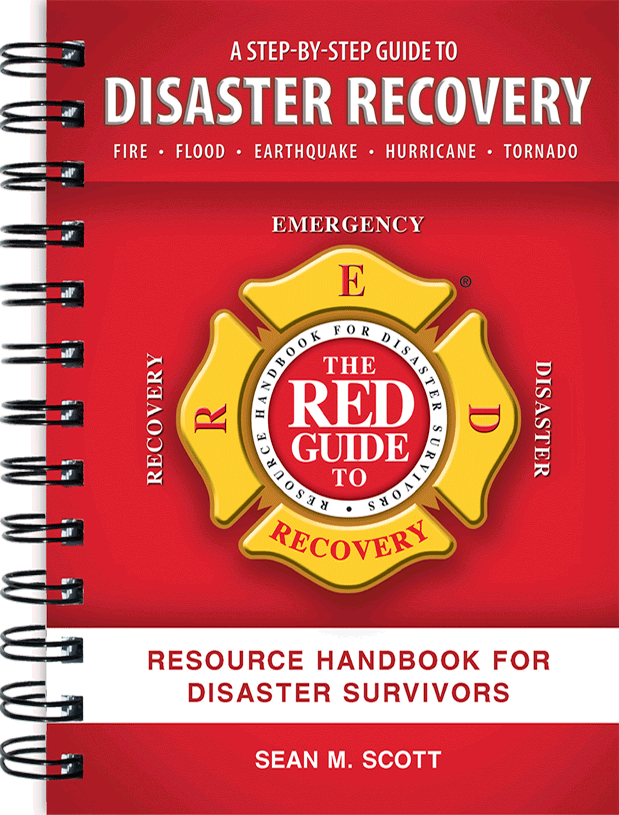Reflecting on the Year of Billion-Dollar Disasters

Image credit: NOAA
Did you know we’ve seen 24 disasters in 2024 so far, each averaging $1 billion in damages? Statistics and reports have provided a clear view of what we’ve witnessed so far this year. It comes as no surprise that Hurricanes Helene and Milton come to mind first, but let’s not forget the disasters that came before them. We’ve also seen severe storms and blazing wildfires, each disaster leaving a significant impact on the communities they disrupted. Thankfully the National Oceanic and Atmospheric Administration (NOAA) and the National Centers for Environmental Information (NCEI) put a map together that highlights a collective view of the widespread impact of these disasters. One thing is very clear: extreme weather is not just becoming more frequent but also more costly (1).
Breaking Down the Major Disasters
Tornadoes and Severe Storms
There is no surprise that the Central and Eastern regions saw severe storms and tornadoes throughout the spring and early summer. Notable events included:
- The Central and Southern Tornado Outbreak in April
- Intense storms in March, June, and July
These storms didn’t just damage property, it forced residents from their homes and disrupted entire communities (2).
Hurricanes
This hurricane season proved it was nothing short of relentless. We saw four major hurricanes strike:
- Hurricane Beryl (July 8–9) and Hurricane Debby (August 5–9) caused severe flooding and infrastructure damage (3).
- Hurricane Helene (September 24–29) devastated the Gulf Coast, becoming one of this year’s most costly storms, with damages estimated between $225 billion and $250 billion (4).
- Hurricane Milton (October 9) also hit the Gulf Coast and caused damages estimated between $160 billion to $180 billion.
Helene and Milton highlighted how climate change intensifies hurricanes, amplifying destruction (4).
Wildfires and Heat Waves
The Southwest battled a summer of drought, heat waves, and wildfires. The New Mexico Wildfires in June and July destroyed large areas, displacing families and straining firefighting crews. A record-breaking heat wave worsened the drought, impacting agriculture and water supplies (2).
Winter Storms and Cold Waves
January’s severe winter storms set the tone for 2024. January 12–14 was just the beginning; the Northwest was hit with heavy snow and icy roads. Just days later, January 14–17, extreme cold crippled the Central, Southern, and Northeastern parts of the country, creating life-threatening conditions. These storms left a lasting impact and highlighted the growing challenges we face during winter weather (1).
Economic and Human Toll
Each disaster costs at least $1 billion. This shows the heavy impact natural disasters have. Communities are still rebuilding, people are displaced, and emotional scars are a constant reminder. The increasing frequency and severity of these events highlight the urgent need for climate resilience (3).
Time to Act
The start of 2025 will be here before we know it, and if this year has taught us anything, it is that the time to act is now! We need to plan and prepare better. We cannot have the reactive approach as it only causes more chaos and loss. It takes us as industry professionals to lead that charge.
Sources:
- NOAA National Centers for Environmental Information. "Assessing the U.S. and Global Climate in September 2024." November 2024. https://www.ncei.noaa.gov/news/assessing-us-and-global-climate-september-2024.
- NOAA National Centers for Environmental Information. "National Climate Report - September 2024." November 2024. https://www.ncei.noaa.gov/news/national-climate-202209.
- NOAA National Centers for Environmental Information. "Global Climate Report - September 2024." November 2024. https://www.ncei.noaa.gov/news/global-climate-202309.
- U.S. National Oceanic and Atmospheric Administration. "Hurricanes, Storms Cost U.S. $500 Billion This Year: Analysis." MSN, November 2024. https://www.msn.com/en-us/news/politics/hurricanes-storms-cost-us-500-billion-this-year-analysis/ar-AA1tKYYI.
Looking for a reprint of this article?
From high-res PDFs to custom plaques, order your copy today!








